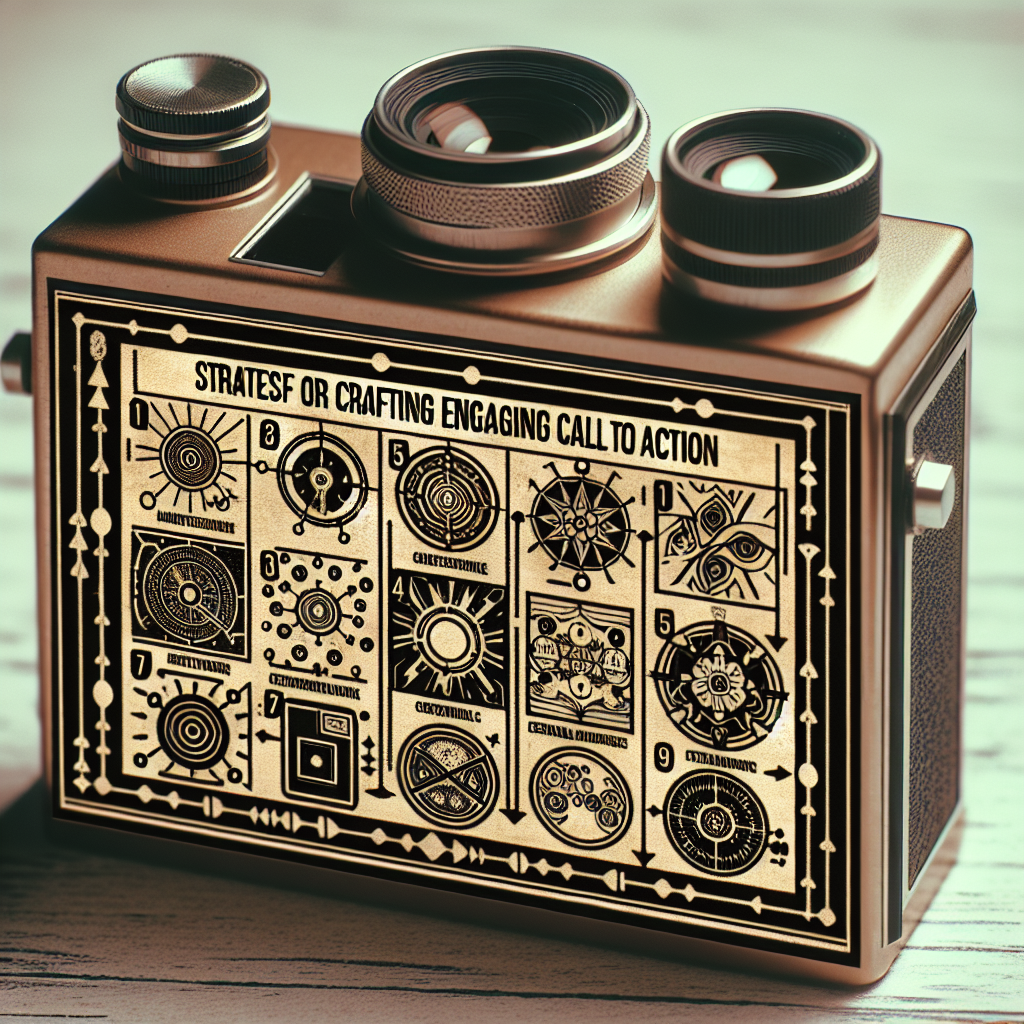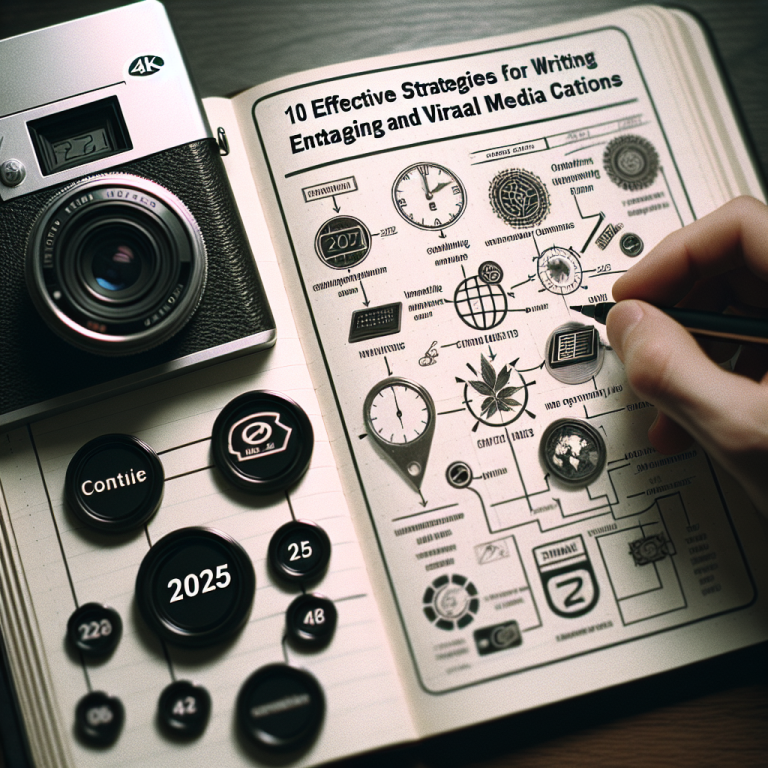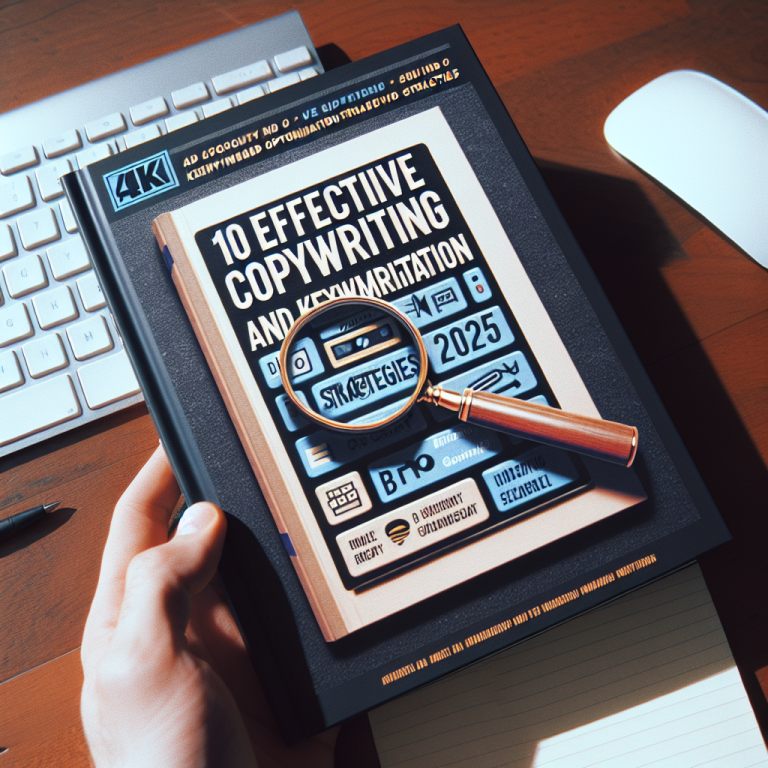How to Write a Strong Call to Action: 7 Effective Strategies for 2025
- Clarity and Urgency
- Using Powerful, Action-Oriented Words
- Enhancing Visual Appeal
- Offering Clear Value
- Creating a Sense of Need or Desire
- Testing and Optimizing Your CTA
- Personalizing Your Call to Action
1. Clarity and Urgency
Make Your CTA Clear and Easy to Understand
When learning how to write a strong call to action, clarity is king. Your audience should immediately grasp what you want them to do and why it matters. Vague or complicated language confuses potential customers and lowers conversion rates. For example, instead of saying “Learn more,” say “Download your free guide now.”
In 2025, digital consumers are bombarded with dozens of messages daily. According to recent studies, clear and direct CTAs improve click-through rates by up to 80%. Clarity reduces hesitation and makes the decision process seamless. Use simple, concise language that leaves no room for doubt about your desired action.
Additionally, ensure your CTA is prominent on your pageâusing buttons, bold fonts, or contrasting colorsâso it’s impossible to miss. Remember, a clear CTA eliminates confusion, guiding your audience smoothly toward the next step.
Creating Urgency and Scarcity
Adding a sense of urgency encourages immediate action. Phrases like “Limited time offer,” or “Register before seats run out,” create a fear of missing out (FOMO). In 2025, leveraging psychological triggers like scarcity is proven to boost conversions by up to 50%.
Use countdown timers or real-time availability updates to visually reinforce urgency. For example, highlighting “Only 3 spots left” or “Offer ends tonight” can motivate prospects to act now rather than postpone.
Remember, an effective how to write a strong call to action combines clarity with urgency â guiding your audience to act promptly while removing any ambiguity about what they need to do.
2. Using Powerful, Action-Oriented Words
Choose Verbs That Drive Action
The language you select plays a vital role in how compelling your CTA feels. Action verbs like “Download,” “Join,” “Get,” “Start,” or “Claim” are direct and motivate users to click. In 2025, leveraging the power of words remains one of the most effective strategies for converting visitors.
Research indicates that CTAs using strong verbs can increase engagement by up to 70%. For instance, instead of saying “Submit your application,” say “Apply Now” to make the action feel immediate and achievable. The key is to command attention and inspire action simultaneously.
Use words that resonate with your audienceâs desires or pain points. For example, “Save,” “Discover,” or “Unlock” evoke a sense of benefit or discovery, boosting response rates.
Include Benefit-Driven Language
People respond better when they understand the benefit they’ll receive. Instead of a generic “Contact us,” try “Get Your Free Consultation Today.” This highlights immediate value and encourages action. In 2025, combining benefit-driven language with compelling verbs leads to higher conversions.
Always focus on the userâs perspective, emphasizing what they gain rather than what you’re offering. Phrases like “Boost your productivity” or “Save time and money” directly appeal to core customer needs.
Ultimately, mastering how to write a strong call to action involves selecting words that inspire trust, urgency, and benefit, making your CTA irresistibly clickable.
3. Enhancing Visual Appeal
Design Matters: Making Your CTA Stand Out
The visual presentation of your call to action can make or break its effectiveness. In 2025, a well-designed CTA button with contrasting colors, adequate padding, and readable font is essential for attracting attention.
A/B testing shows that changing the color or shape of a CTA button can result in a 20-30% increase in clicks. Bright, eye-catching colors like orange or green tend to outperform dull hues, especially against a neutral background.
Placement also influences visibility. Place CTAs above the fold or within scroll-rich areas where users naturally focus. Using whitespace around your CTA helps it stand out without overwhelming the surrounding content.
Incorporating Visual Cues and Symbols
Adding arrows, icons, or directional cues can draw users’ eyes toward your CTA. For example, an arrow pointing at the button or a small icon of a shopping cart can increase click likelihood.
Consistency in design helps reinforce brand recognition and builds trust. Use your brand’s color palette and style to keep your CTA integrated seamlessly with your overall design while still being prominent.
In 2025, visual appeal remains one of the most straightforward ways to learn how to write a strong call to action that captures attention instantly and drives engagement.
4. Offering Clear Value
Communicate the Immediate Benefit
A compelling CTA must clearly outline the value proposition. Visitors need to know what they will gain by clicking. For instance, “Download our free eBook to learn the latest marketing strategies,” makes the benefit explicit.
By 2025, consumers are more discerning, so showing tangible value convinces them to act. When your CTA states the advantage upfront, it reduces hesitation and boosts conversions.
Consider adding testimonials or brief data points near your CTA. For example, “Join 10,000+ customers who improved their workflow with us.” This social proof boosts credibility and entices action.
Aligning Offer and Audience Expectations
Make sure your offer matches what your target audience desires. Personalized, relevant CTAs perform better because they speak directly to the user’s needs.
Use data analytics to identify what your audience values most, then craft your CTA accordingly. For example, if your users seek time savings, focus your CTA on that benefit.
In 2025, delivering clear value in your CTA remains a cornerstone of effective marketing strategies, helping to convert visitors into loyal customers.
5. Creating a Sense of Need or Desire
Trigger Emotional Responses
Effective CTAs tap into emotions that drive action. Words like “Discover,” “Transform,” or “Experience” activate feelings of curiosity and anticipation.
Highlighting a problem and presenting your solution as the answer can create a compelling need. For instance, “Tired of slow Wi-Fi? Upgrade today for lightning-fast speeds.” This directly addresses pain points and motivates users to act.
In 2025, emotional marketing remains vital. Incorporate storytelling or testimonials to reinforce the desire to take action through your CTA.
Use Visual and Verbal Reinforcements
Combine your CTA with persuasive visuals or subtle cues to intensify the sense of need. A dramatic image showing the before-and-after effect of your product enhances emotional appeal.
Reinforce your message with persuasive language, emphasizing urgency alongside emotional triggers. For example, “Join the revolution nowâdon’t miss out on the future of technology.”
Learning how to write a strong call to action involves creating that perfect combination of emotional appeal and clear messaging to move your audience from interest to commitment.
6. Testing and Optimizing Your CTA
Why A/B Testing Matters
Constant testing is vital to refine your call to action. In 2025, data-driven decisions are more accessible than ever. Running A/B tests on different phrases, colors, and placements helps identify what resonates best with your audience.
Many businesses see a 20-60% increase in conversions simply by optimizing their CTAs over time. It’s essential to analyze click-through rates, engagement metrics, and conversion percentages regularly.
Implement small, incremental changes and monitor results over weeks or months for effective optimization strategies. This ongoing process guarantees your CTA remains effective as trends and audience preferences evolve.
Using Analytics to Guide Improvements
Leverage tools like Google Analytics or heatmaps to understand where users are clicking and how they interact with your pages. These insights reveal how your CTA performs in real-world scenarios.
Identify low-performing CTAs and experiment with variations. Small changes can produce significant results, especially if you incorporate user feedback and behavior data.
In 2025, a continual cycle of testing and optimizing your call to action is essential for maximizing ROI and maintaining competitive edge.
7. Personalizing Your Call to Action
Tailoring CTAs for Different Segments
Personalization increases relevance, which directly impacts conversion rates. Use customer data, past behavior, and preferences to craft customized CTAs. For example, different CTAs for new visitors versus returning customers can improve results significantly.
In 2025, tools like AI-powered personalization engines make it easier to dynamically adapt your CTAs based on user segments. Personalized CTAs can boost click rates up to 50%.
By understanding your audience better, you learn how to write a strong call to action that speaks directly to each individual’s needs and motivations, increasing engagement and sales.
Implementing Dynamic and Behavioral Triggers
Use behavioral triggers like cart abandonment or time spent on a page to serve timely CTA messages. For example, after a user spends a few minutes on your pricing page, prompt with “Get a free quote today.”
This approach creates a sense of relevance and immediacy, prompting users to act when they’re most receptive.
In 2025, successful marketers harness personalization and behavioral data to craft compelling, tailored CTAs, exemplifying the cutting edge in conversion optimization.
Frequently Asked Questions
1. What is the most important element of how to write a strong call to action?
The most important element is clarityâyour audience must understand exactly what to do and what they’ll gain.
2. How can I increase my CTA conversion rate in 2025?
Use a combination of clear messaging, visual appeal, personalization, and rigorous testing to continually optimize your CTA for better performance.
3. Why is personalization important in crafting CTAs?
Personalization ensures your CTA resonates with individual users’ needs and behaviors, significantly increasing the likelihood of engagement.
4. Are visual elements important for a CTA?
Absolutely. Well-designed, visually appealing CTAs attract attention and guide users effortlessly toward taking action.
5. How do I know if my CTA is effective?
Track your click-through rates, conversions, and user engagement metrics. Use A/B testing to compare different versions and improve over time.
Conclusion
Creating a compelling, effective call to action is essential for any successful marketing strategy. Knowing how to write a strong call to action involves understanding clarity, visual design, emotional triggers, and personalization. In 2025, leveraging the latest tools and insights will help you craft CTAs that convert consistently. Remember, a well-crafted CTA guides your audience seamlessly from interest to action, driving tangible results for your business.









